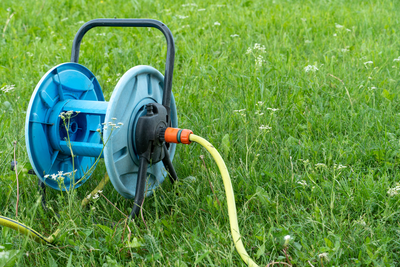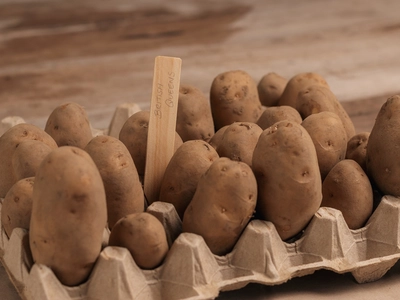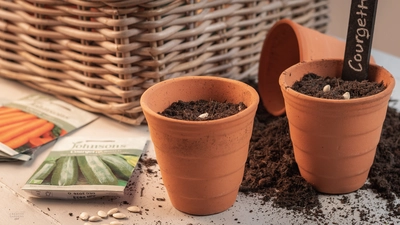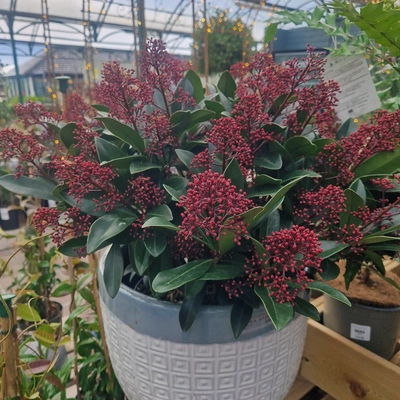
After a long winter, lawns often need a bit of help to regain the lush green look that we love. Follow our top tips to get your lawn into great shape for summer!
1. Aerate your soil. All that walking, running and playing on lawns gradually compacts the soil, making it difficult for grass roots to get the oxygen and water they need. Use a garden fork or hollow tine aerator to spike holes in your lawn, breaking up compacted areas. Here’s a tip to try when aerating with a garden fork – after inserting the tines into the soil, press the handle gently down at an angle, so that the soil around the fork tines lifts very slightly. This helps to break up compacted soil under the surface.
2. Once your grass has started to grow, cut it with the mower blades set at their highest level. As a general rule of thumb, never take off more than one third of the grass blade height at a time, to avoid stressing and weakening the grass. Gradually increase mowing frequency as the grass starts to grow more strongly.
3. Scarify your lawn to remove thatch (dead grass) and moss. If you are using a moss killer, apply this first and wait until the moss has turned black before scarifying. As with any chemical product, always follow the manufacturer’s instructions.
4. If your lawn is looking tired after the winter, feed it with a spring lawn fertiliser, which is high in nitrogen and will promote healthy green growth. Most lawn fertilisers need to be watered in, so if possible, aim to apply the feed when rain is forecast, and always check the manufacturer’s instructions before using.
5. Tackle lawn weeds, digging out dandelions, docks and other deep-rooted weeds with a dandelion grubber. This useful weeding tool has a long blade that can be inserted next to the root, loosening it, and a notch at the tip of the blade to sever the root. If there are too many weeds for hand weeding, a lawn weedkiller can help to get things under control. But don’t forget that dandelions and other lawn weeds are a valuable food source for many insects, so it’s not a bad idea to leave a few to thrive!
6. Sow lawn seed to fix bare patches. Many lawn patch repair kits contain both seed and fertiliser, ensuring the new growth gets off to a great start. If your whole lawn is looking faded and patchy, sow new seed over the entire area to help thicken it up. Rake and scarify the lawn before overseeding, and water thoroughly afterwards.
Our fantastic range of lawn care products will help you get your lawn into great shape for summer! Our friendly staff are always ready to advise, so why not come in and see us today?




